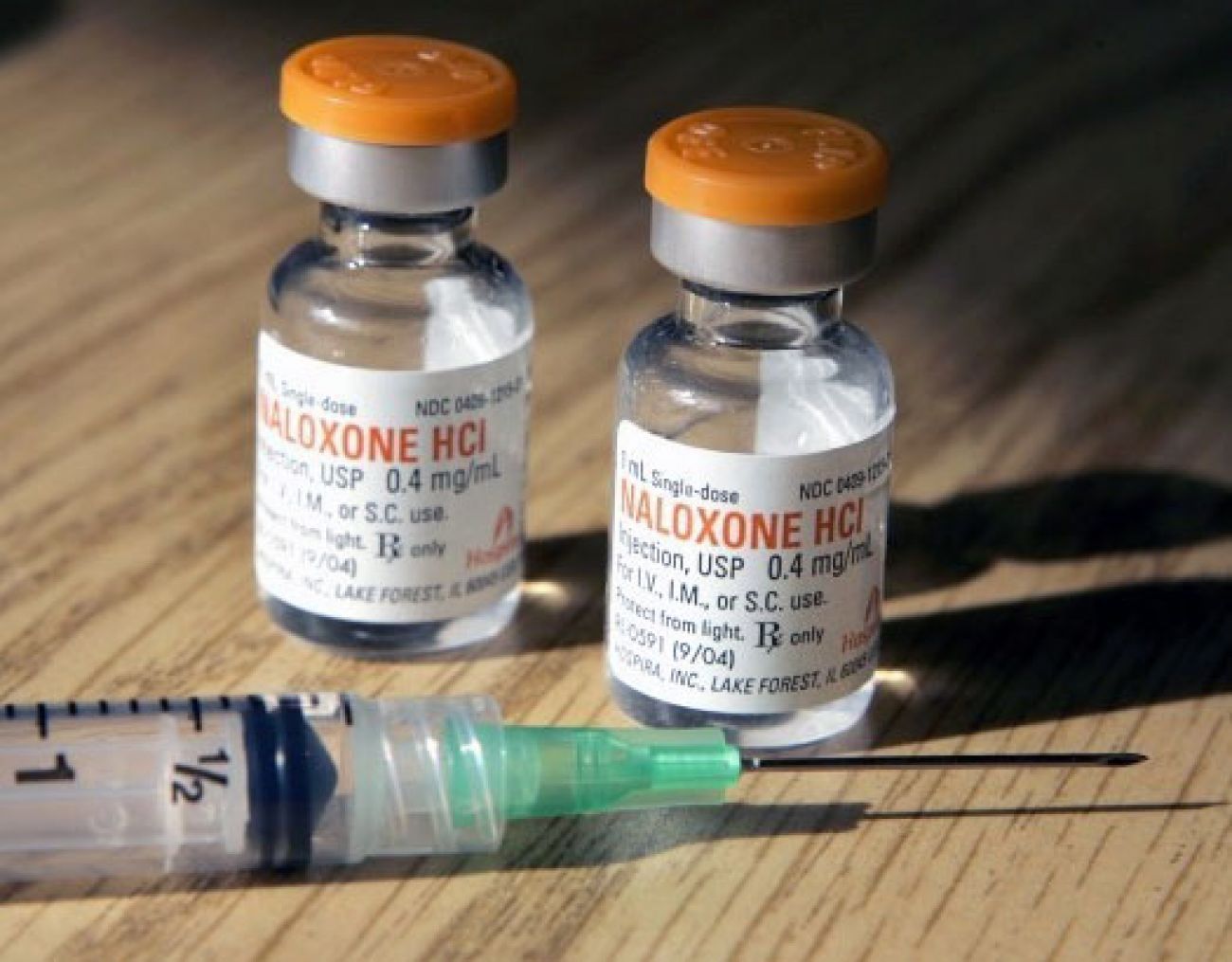

The adoption of laws around naloxone use is not associated with changes in adolescent lifetime heroin or injection drug use (IDU), finds a new study at Columbia University Mailman School of Public Health. According to latest results, naloxone access and pharmacy naloxone distribution were more consistently associated with decreases rather than increases in lifetime heroin and IDU among adolescents. While some critics contend that naloxone expansion may inadvertently promote high-risk substance use behaviors among adolescents, until now this question had not been directly investigated. The findings are published online in the International Journal of Drug Policy.
“Findings from our research do not support the hypothesis that broader availability of naloxone between the years studied of 2007 to 2019 increased heroin use or injection drug use among adolescents and suggest that increased adolescent drug use as an unintended consequence of naloxone availability is an unfounded concern,” said Emilie Bruzelius, MPH, a doctoral student in the Department of Epidemiology at Columbia Mailman School and first author.
As of 2019, all U.S. states had adopted legislation to improve naloxone access and facilitate use. “Because most opioid overdose deaths are preventable its timely administration has lifesaving potential to restore normal breathing and prevent death, and broadening access to naloxone is a key component of the US opioid overdose epidemic response,” says Bruzelius.
The researchers obtained data on adolescent substance use from the Youth Risk Behavior Surveillance System (YRBSS), a national survey that monitors health risk behaviors among high school students. The analysis was restricted to students 15-18 years old to focus on the ages in which substance use is more prevalent, and among whom overdose deaths are rising. From 2007 to 2019, all but three states (MN, OR, WA) participated in the survey. In addition to state-level naloxone (NAL) adoption the researchers looked at transaction data on retail NAL dispensing from the prescription database IQVIA which captures approximately 92 percent of U.S. retail pharmacies, including prescriptions from all payers but excluding prescriptions obtained by mail or dispensed within hospitals.
Adolescence and early adulthood is typically the period when nonmedical opioid and heroin initiation occur. From 2007 to 2019, 920,333 students aged 15-18 participated in the YRBSS. Lifetime heroin use was self-reported by 2.75 percent and lifetime injection drug us by 2.48 percent. There was a small decrease in heroin use over the period; in 2007, rates decreased to 2.27 percent. while lifetime IDU remained stable.
“Given the limited magnitude of both associations, we interpreted these results as failing to provide meaningful support for the risk compensation hypothesis,” said Bruzelius. However, we do realize that heroin use and IDU are generally rare outcomes that are often underreported given their stigmatizing nature.”
Naloxone is recognized as one of the most valuable tools for reducing opioid overdose deaths, yet access in many places still remains low given the number of people at risk. Naloxone treatment laws are designed to reduce this gap by facilitating access to this lifesaving medication and therefore increasing opportunities to directly intervene in an overdose. However, concerns that naloxone access might inadvertently increase opioid misuse and overdose—the risk compensation hypothesis—appear to remain a barrier to distribution efforts, both in the U.S. and internationally.
“Efforts to improve naloxone access should continue to be an urgent public health priority, including among adolescents who represent an increasingly vulnerable population at risk for fatal and nonfatal overdose,” observed Silvia Martins, MD, PhD, Columbia Mailman School professor of epidemiology, and senior author. “As a critical public health measure we urge further removal of naloxone access barriers. Given that the overdose epidemic continues to affect our nation as a whole, this is is an important priority not only for adolescents but people of all ages.”

